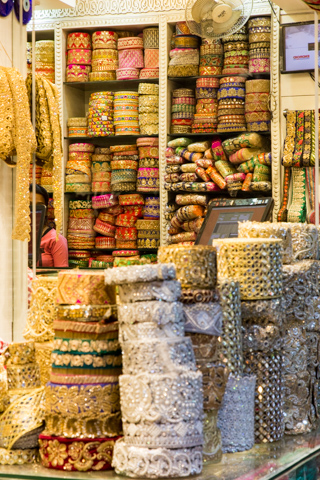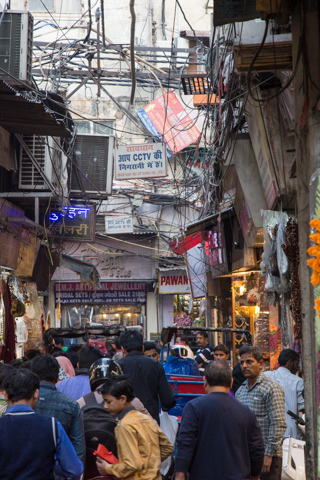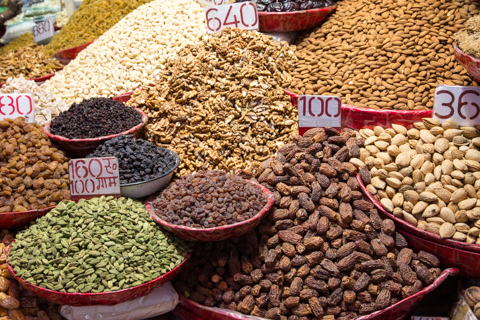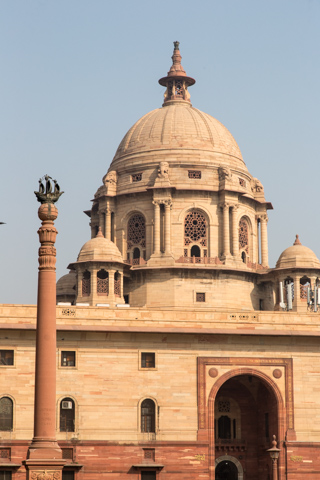
Also in the photograph is one of the four Dominion Columns which were presented by Australia, Canada, New Zealand and South Africa as a gesture of friendship and unity among the Dominions within the British Empire. On top of each Column is a bronze ship symbolic of the Empire's ocean links and the emblem of each Dominion is marked on each Column.

The column in front of the house is the Jaipur Column. In 1912, Madho Singh II, the Maharaja of Jaipur, offered to sponsor its construction to commemorate the 1911 Delhi Durbar and the transfer of the capital of India from Calcutta to Delhi.



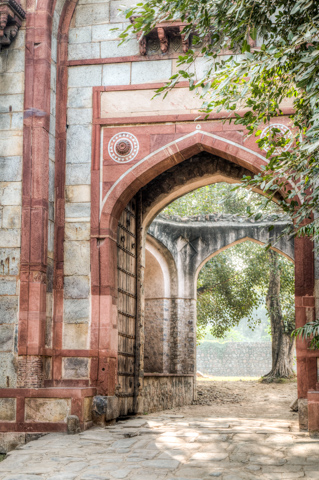
This is a gateway to one of the old tombs
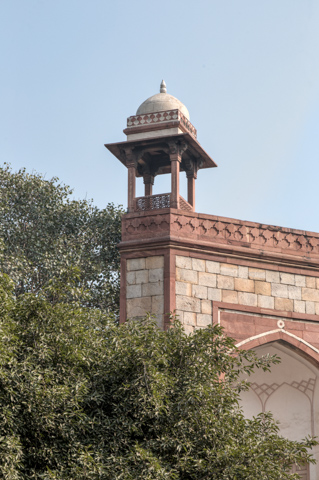

Humayun's tomb is the tomb of the Mughal Emperor Humayun. The tomb was commissioned by Humayun's son Akbar in 1569. In all there are over 100 graves within the entire complex, including many on the first level terrace, earning it the name "Dormitory of the Mughals", since the graves are not inscribed their identification remains uncertain.

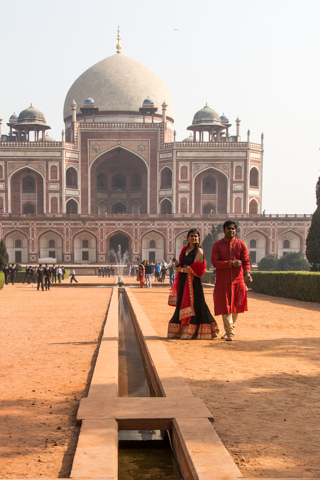
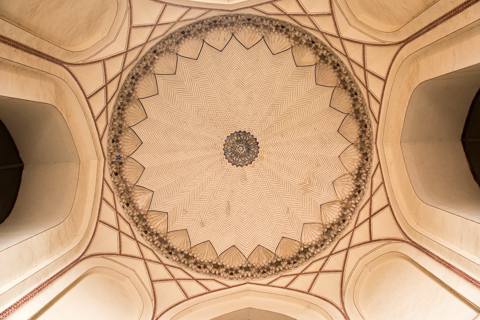
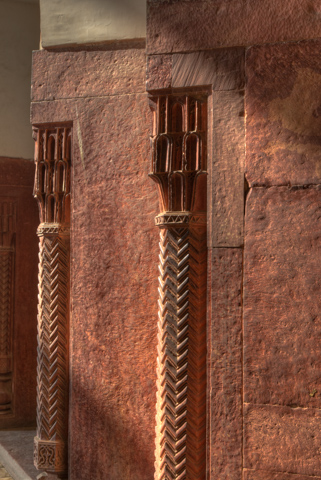

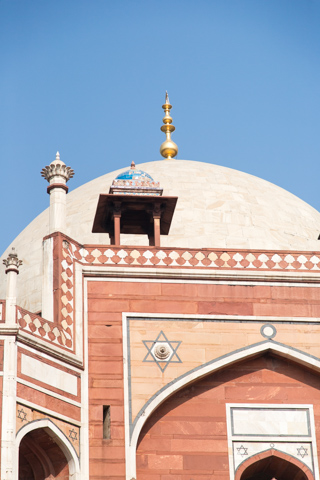
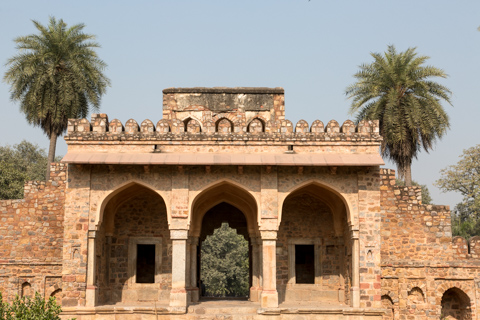
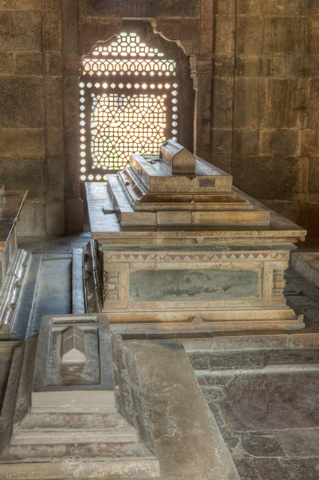
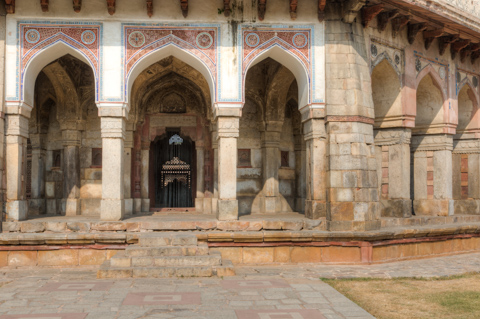
Constructed in 1547, it is the tomb complex of Isa Khan Niyazi, an Afghan noble in Sher Shah Suri's court of the Suri dynasty, who fought against the Mughals. The octagonal tomb is positioned within an octagonal garden, which was built during his own lifetime. It later served as a burial place for the entire family of Isa Khan
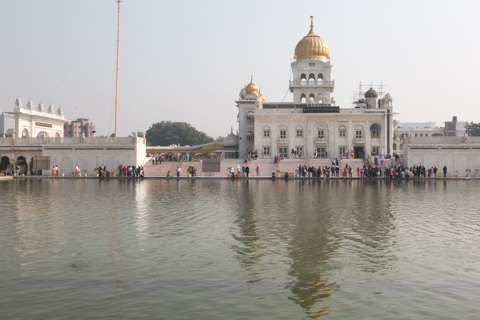
The eighth Sikh Guru, Guru Har Krishan resided here during his stay in Delhi in 1664. During that time, there was a smallpox and cholera epidemic, and Guru Har Krishan helped the suffering by giving aid and fresh water from the well at this house. Soon he too contracted the illness and eventually died on March 30, 1664. A small tank was later constructed by Raja Jai Singh over the well, its water is now revered as having healing properties and is taken by Sikhs throughout the world back to their homes.
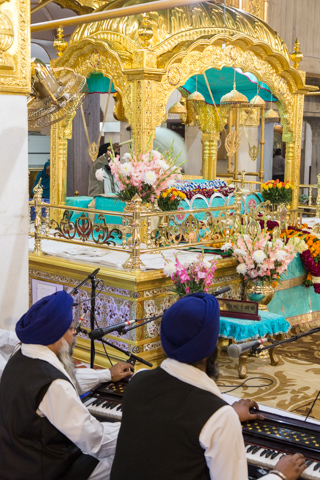

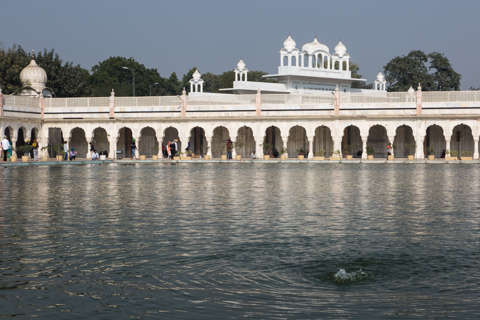
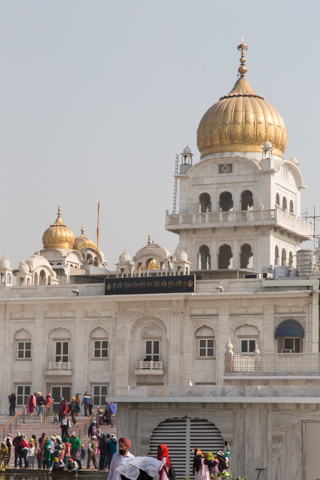



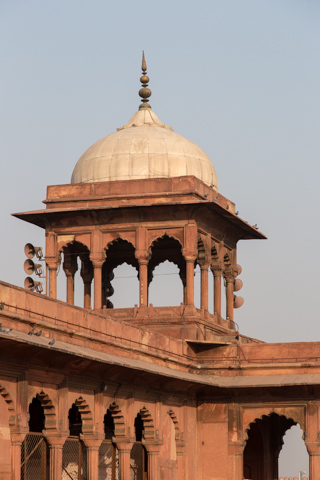
It was built by Mughal emperor Shah Jahan between 1644 and 1656. The mosque was completed in 1656 with three great gates, four towers and two 130 foot high minarets constructed of strips of red sandstone and white marble. The courtyard can accommodate more than 25,000 people.
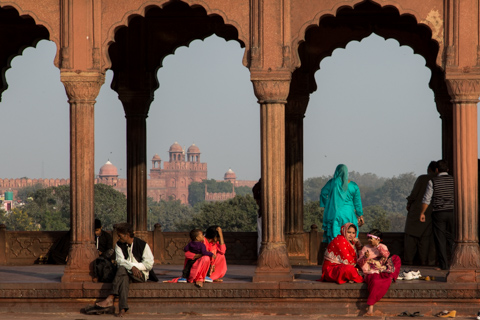

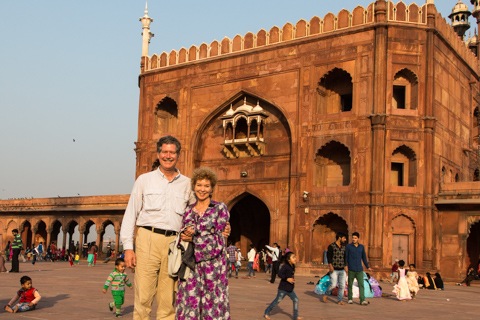
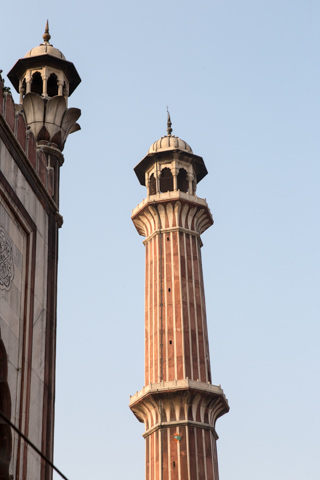


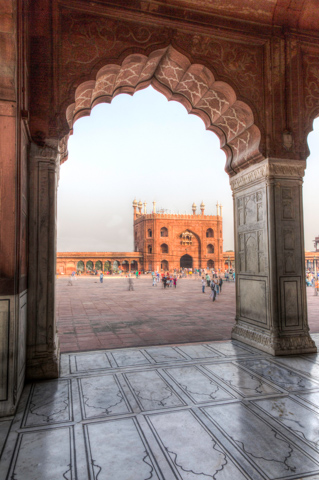
The floor is covered with white and black ornamented marble to look like a Muslim prayer mat. Beside it, a thin black border measuring 3 feet long and 1.5 feet wide is marked for the worshippers. There are 899 total such boxes.

Streets crammed with stores and people and motorcycles
